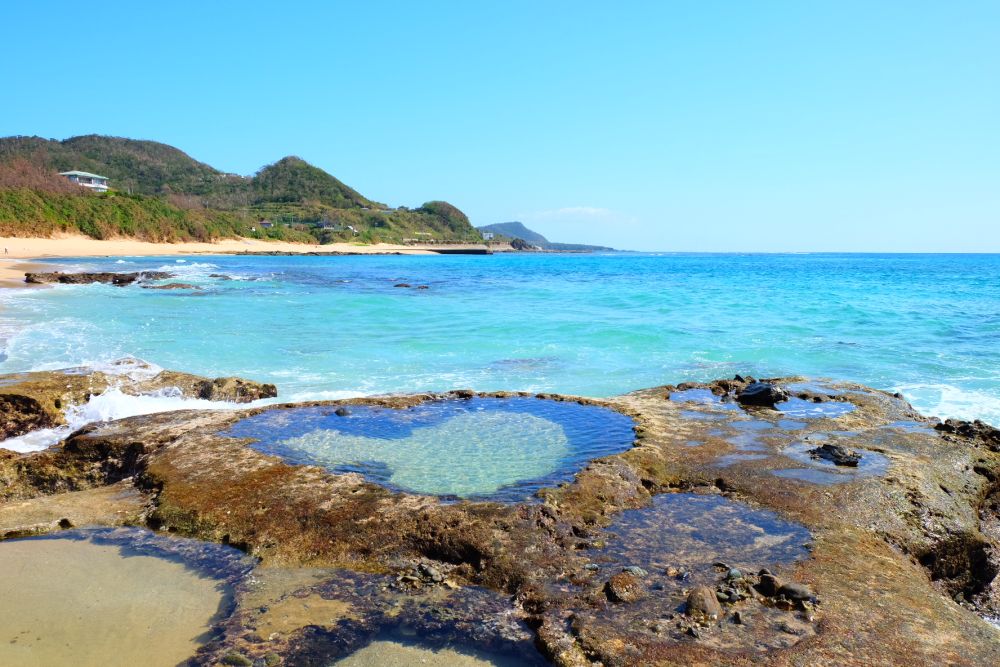

The Amami Islands, a picturesque archipelago located between Kyushu and Okinawa in Kagoshima Prefecture, Japan, have a compelling tourism history that has evolved alongside their cultural and ecological development. These islands, known for their pristine beaches, rich biodiversity, and unique cultural heritage, began garnering attention as a tourist destination in the post-World War II era.
Amami's initial appeal to tourists stemmed from its natural beauty and relative remoteness. With the end of the war and the subsequent return of sovereignty over the Amami Islands from the United States to Japan in 1953, the region began to explore its potential as a tourist destination. During this time, domestic tourism grew slowly, with most visitors arriving from nearby prefectures attracted by the subtropical climate, unspoiled nature, and traditional Ryukyuan culture.
From the 1960s onwards, the Japanese government, recognizing the potential of the islands' natural resources, implemented initiatives to develop infrastructure, including the enhancement of transportation and accommodation facilities. This increased accessibility, coupled with a growing Japanese economy, spurred more significant tourist flows to the islands.
Throughout the 1980s and 1990s, the tourism industry on the Amami Islands expanded to include a broader range of activities and attractions. The islands started promoting their unique cultural assets, like the traditional Oshima Tsumugi silk fabric, the Amami's distinctive shamisen music, and folklore performances. Meanwhile, eco-tourism activities like bird watching, whale and dolphin watching, and nature hiking began gaining popularity, appealing to travelers with an interest in environmental conservation and sustainable tourism practices.
In recent years, sustainable tourism has become a key focus in the development of Amami's tourism industry. Recognizing the delicate balance required to preserve the islands' natural habitats, such as the Amami rabbit and the lush mangrove forests, local authorities and businesses are working together to create a tourism model that supports environmental stewardship.
In 2021, parts of the Amami Islands were inscribed as UNESCO World Heritage Sites, distinguishing the archipelago's rich biodiversity. This prestigious designation has further boosted international interest in the Amami Islands while also reinforcing the need for sustainable tourism management to ensure the protection of these natural treasures for future generations.
The Amami Islands today present a blend of cultural experiences, outdoor adventures, and relaxation activities, attracting a diverse group of tourists from around the world. The islands cater to beachgoers, nature enthusiasts, cultural explorers, and sustainable tourism advocates alike. Visitors can enjoy the islands' captivating features, including traditional villages, yearly festivals and rituals, and coral reefs teeming with marine life, showcasing the archipelago as a jewel in Japan's tourism crown.
The prospects for the Amami Islands' tourism remain bright, with ongoing efforts to promote responsible travel and cultural exchange, preserving its unique heritage and natural beauty for many years to come.